To read part one of this series, please click here. Originally, I thought I could condense the information in three posts. While it may be a small possibility, I may be doing more than 3 posts in this series due to the amazing content and inability to condense the information.
My mind was flooded with information from two days at the Fostering Resilient learners institute. My hope is that my learning helps your journey to supporting all students along their educational journey.

Let’s start with what we want our students to have at school to be successful. We want them to have an opportunity to learn. We do this by creating an inviting and safe classroom. Souers & Hall as well as their associates spoke highly of creating an environment that is safe, predictable, and consistent. Students thrive off of consistency and need to feel safe to learn. Something else that I took to heart was the common language for all staff members. There are a variety of programs out there that many schools put into place such as Conscious Discipline, PBIS, Restorative Practices, and more. However, we must all be consistent in using the same language in what we practice, teach, and expect in our schools every day. I am not saying we can’t use these programs. I am saying we have to all have the same language for predictability, consistency, and safety for our students to succeed.
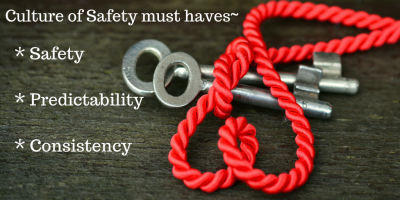
So now that we know there needs to be a culture of safety, let’s talk about consent. Consent for true, trauma-invested schools is all in. It’s not a few or most teachers, it’s everyone. That takes time. It’s not something that will happen overnight. It’s also not something that can be put upon someone. Everyone has to be on board. You have to build it in, have legitimate commitment as a practice, and support the whole community and team.
One of the biggest needs in our school today is GRACE. Not only do our students need it but we do too. Think about it this way. A student has a moment and says something that you know they say in the heat of the moment. Instead of punish what is said, you give grace. Not only does that strengthen your relationship with the student but you form a bond for the next time. It doesn’t fix the difficulty but it may give YOU insight on how to work on the next encounter. We must give grace!
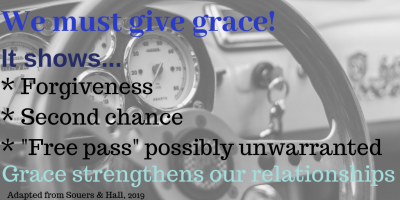
Next, let’s talk about the language we need our students to grasp. Our students need to know and grasp the concept of their upstairs brain and downstairs brain.
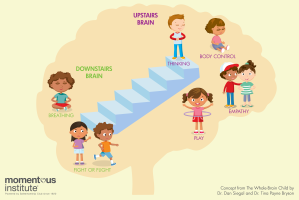 Image credit: Dr. Siegel & Dr. Tina Bryson
Image credit: Dr. Siegel & Dr. Tina Bryson
Used with permission from Momentous Institute
Do you know the differences or do you need a video to explain it to students in kid friendly speak? Here is the video linked from Washington State University’s Child and Family Research Unit. Our students can come to a point where our students will flip their lids. They are in their downstairs brain. I also highly recommend the book, Fostering Resilient Learners, to explain more and to understand the brevity of the brain, what our brain does in the upstairs/downstairs brain, and how it works.
I want you to think about a time where a student reacted and you attempted to talk to them. How did that go? Probably not well. When students are reactive, we must be proactive.
Think about it this way. When there is little to no control over emotions, students can not be logical at this point. They are in their downstairs brain and must take steps to go back up. Think about a staircase. The downstairs brain is the flight, fight, freeze response when there is a loss of control or heightened response. The upstairs brain considers processing and functioning to move forward. It’s a process to move from the downstairs brain to upstairs brain.
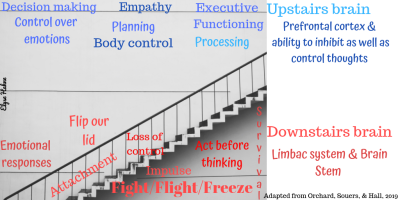
Bottom line, we have to use common language across the board to support our students. To be trauma invested educators, we must have consent (all in, every adult), common language, grace, and the opportunity to create a nest for our students to learn and thrive in before they are ready to soar with tools necessary for their success. It’s not about us, it’s about the students in front of us every day.
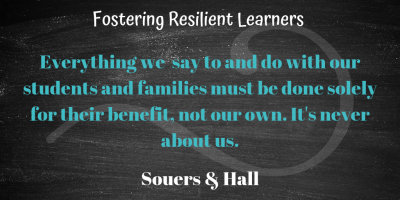
2 thoughts on “Trauma invested education, part 2”